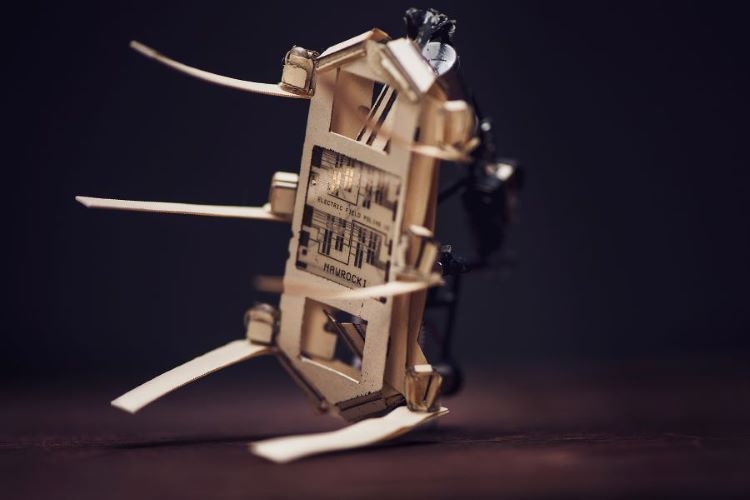
The prototype device is made from polymers and has six legs to allow it to manoeuvre internally between a cow’s four different stomach compartments. Sensors would report on the digestive health of the animal, with data relayed to a receiver worn around the cow’s neck. If applied across a herd of cattle and combined with software and artificial intelligence, the robotic pills could lead to better agricultural practices and efficiency gains, according to the researchers.
Last week’s poll: could automation solve UK agriculture’s Brexit problem?
Robots and AI combine for precision future farming platform
UK engineers usher in farm 4.0 with agribot trial
“In crop agriculture, we don’t care about individual ears of corn or grains of wheat compared to an entire field,” said robotics research lead Richard Voyles, a professor of electrical engineering technology in the Purdue Polytechnic Institute. “But we care about individual cows or pigs. Each individual animal eats differently and gets sick differently.
“The point is, treating animals well increases productivity by as much as 15 per cent. It’s a substantial increase.”
Voyles is working with other researchers, including animal scientists, exploring new locomotion methodology for the robots. The environment they will operate in requires the robotic pills to be very low power and rely on external sensing, powering and recharging.
“We need to be able to move those robots around so that we have a sense at all levels of what’s going on in there to really understand things,” Voyles explained.
“Cow stomachs are constantly experiencing contractions and are moving stuff around as they convert indigestible to digestible protein. We really need to stay inside the stomach chamber because it’s very complex, very stratified. But what happens is the pill always ends up in the wrong place if they are not robotic.”
The internal robots could allow farmers to pinpoint sickness within the herd, eliminating the need to treat large numbers of cattle with antibiotics. Improving herd health also has knock-on effects for productivity, which in turn has environmental benefits, according to Voyles.
“There’s an important aspect of sustainability in there when you talk about this,” he said. “If you can improve the health and productivity of the animals, you can reduce methane. You can also optimise their water use and land use while improving their well-being.”




Comment: How engineering innovations are transforming washing machine accessibility
I wonder if Mr Sawhney has considered a sit-on version, with pedals?